Category Archives for Basics: The Scorecard View
What is a Scorecard Report?
The Veriphy Scorecard™ Reports are informational reports designed to provide insights on the value added to a DC plan and measurement of the plan’s outcomes over five and seven-year periods, other performance outcomes and the key differentiating attributes of a DC plan.
The report is available through both the Advisor and PlanView subscriptions.
For Advisors, the 7 page report are uploaded to their My Veriphy account as a downloadable PDF, and are accessible for download as long as the subscription is current. A sample scorecard is available for download here
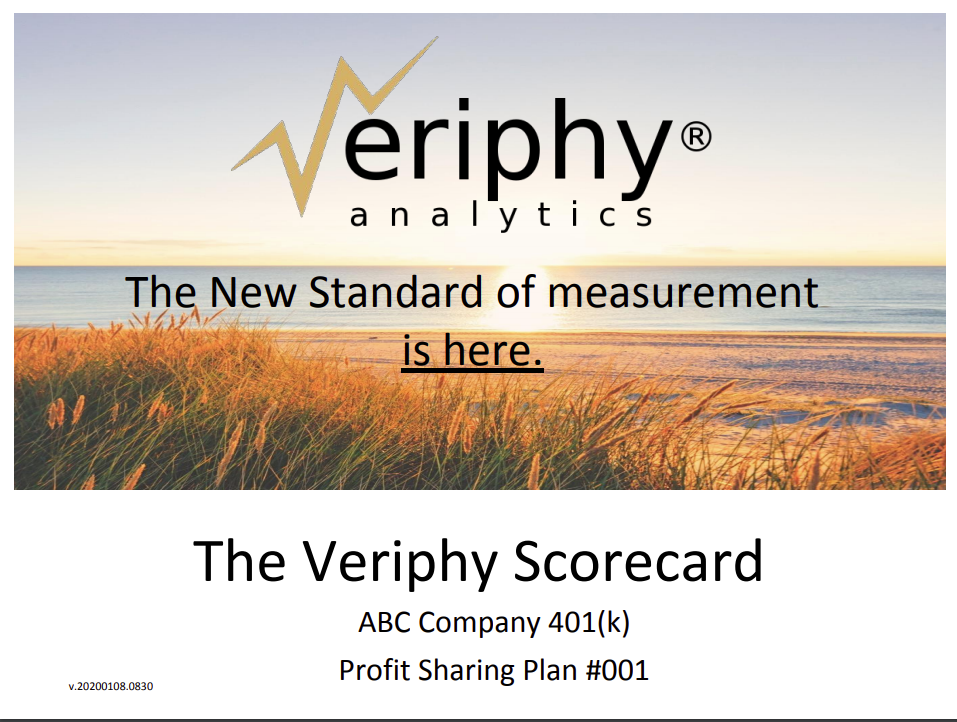
Can you explain the calculations you use?
The bottom right area shows the Plan’s historical asset-weighted, annualized rate of return over the time period of the report as well as the annualized risk over the same time period. Risk is measured as the standard deviation of monthly returns over the time period of the report.

The historical cumulative percentage value added is the difference of the plan’s return over the time period less the benchmark return over the same period.
The historical cumulative dollar value added is the asset-weighted growth of the plan over the time period less the asset weighted growth of the benchmark over the time period.
What is the Plan Veriphy Score vs Universe?
Plan Veriphy Score vs Universe
The Plan’s Veriphy Score is compared to the universe of plans in the Veriphy Database. Those plans with an above median Veriphy Score are shown in green based on quartile ranking and those with a below median Veriphy Score are shown in red based on quartile. The black dot represents the Plan’s Veriphy Score vs. that universe.
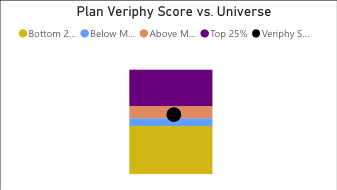
What is the Annualized Return vs. Plan Benchmark?
This chart compares the Plan’s historical, annualized asset-weighted return of all asset-class holdings over a time period to the asset weighted returns of the Plans asset class benchmarks.
The annualized return of the plan’s asset weighted investment returns over time (generally 7 yr or 5 yr periods) is calculated as the geometric average of the amount of money earned by the plan’s investment options held each year over the given time period.
It is calculated as a geometric average to show what a plan would earn over time in the annual return was compounded.
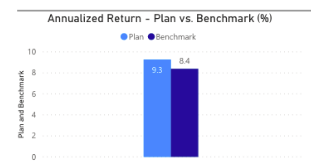
The annualized return of the plan’s asset weighted benchmark returns over time (generally 7 yr or 5 yr periods) is calculated as the geometric average of the amount of money that would have been earned by the plan’s asset class benchmarks each year over the given time period.
What is Plan Risk vs Benchmark Risk?
Plan Risk vs. Benchmark Risk
This chart compares the Plan’s asset-weighted risk (volatility) of all fund holdings over a time period to the asset-weighted risk (volatility) of the Plans asset class benchmarks. The risk is expressed as the standard deviation of monthly returns over the time period in question (generally 7 yr or 5 yr periods). This is the Plan Risk. The Plan risk is compared to the Benchmark Risk in the column chart. The risk (volatility) of the plan’s asset weighted benchmarks is calculated as the standard deviation of monthly returns of the asset class benchmarks over the time period in question (generally 7 yr or 5 yr periods).
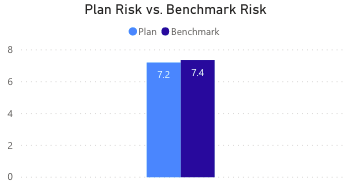
What is Plan Asset Allocation?
Plan Asset Allocation
A broad, current asset allocation showing the percentage of plan assets in both Target Date Funds (TDF) and the % of assets in core fund options (Core) is detailed in a donut chart.
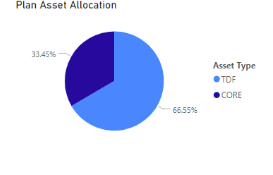
What is the Veriphy Analytics Engine?
The Veriphy Analytics Engine - What is it?
Veriphy Scores are decision-making tools that plan committees can use to help them anticipate the retirement readiness of their workforce. Veriphy Scores are built by evaluating every 401(k) plan as a unique plan with multiple asset class holdings over a period of time.
The performance (returns) of the plan investments overall are measured relative to their asset class benchmark returns. In addition, the Veriphy algorithms include a measure of the volatility embedded in each plan investment and these are compared to their respective benchmarks.
The combination of relative returns and relative risks delivers a measure of value added to a plan net of fees. This is something that fee benchmarking cannot deliver.
Measuring plan outcomes net of fees gives plan fiduciaries the feedback they need to make decisions that matter. It literally shows plan fiduciaries how well the plan has performed on a risk adjusted basis.

"To prove this point for oneself, you simply need to ask yourself … would anyone evaluate a business purely on the cost of goods. The answer is likely “no.” In addition, and more importantly, fees are measured in basis points. A basis point is 1/100th of a percent. Outcomes are measured in percentage points. A percentage point is 100 times larger than a basis point.
So, why does everyone want to measure fees? Well, it is easier. Measuring outcomes requires a significant amount of insight, understanding and math."
What is the Plan Veriphy Score vs Client Portfolio?
Plan Veriphy Score vs Client Portfolio
Veriphy Scores are decision-making tools that plan committees can use to help them anticipate the retirement readiness of their workforce.
Veriphy Scores are built by evaluating every 401(k) plan as a unique plan with multiple asset class holdings over a period of time. The performance (returns) of the plan investments overall are measured relative to their asset class benchmark returns. If the Veriphy Score is in the “red” then it is performing in the bottom 25% of the plans in our universe; if it is in the “green” then it is performing in the top 25%.
In addition, the Veriphy algorithms include a measure of the volatility embedded in each plan investment and these are compared to their respective benchmarks. The combination of relative returns and relative risks delivers a measure of value added to a plan net of fees. This is something that fee benchmarking cannot deliver.
Measuring plan outcomes net of fees gives plan fiduciaries the feedback they need to make decisions that matter. It literally shows plan fiduciaries how well the plan has performed on a risk adjusted basis. To prove this point for oneself, you simply need to ask yourself … would anyone evaluate a business purely on the cost of goods. The answer is likely “no.” In addition, and more importantly, fees are measured in basis points.
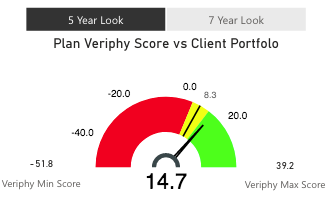
Click the gauge to download the Product Overview PDF
A basis point is 1/100th of a percent. Outcomes are measure in percentage points. A percentage point is 100 times larger than a basis point. So, why does everyone want to measure fees? Well, it is easier. Measuring outcomes requires a significant amount of insight, understanding and math.
Learn how Veriphy® calculates and illustrates the Performance side of the equation by measuring the annualized return of the entire plan and comparing it to a neutral benchmark built specifically for each plan.
